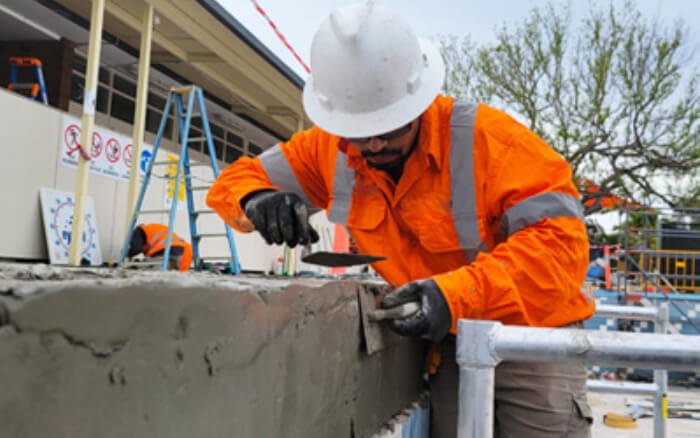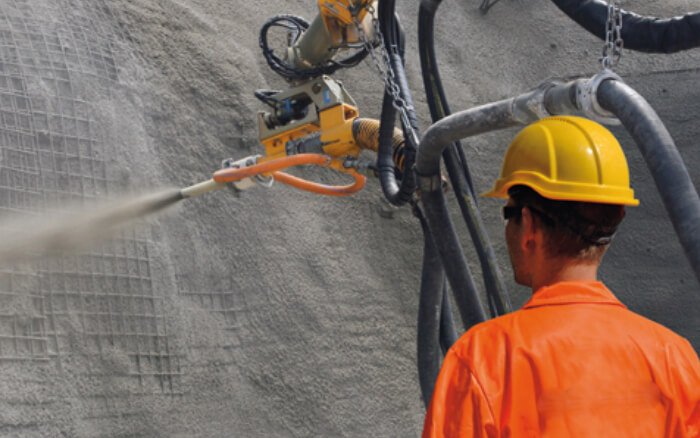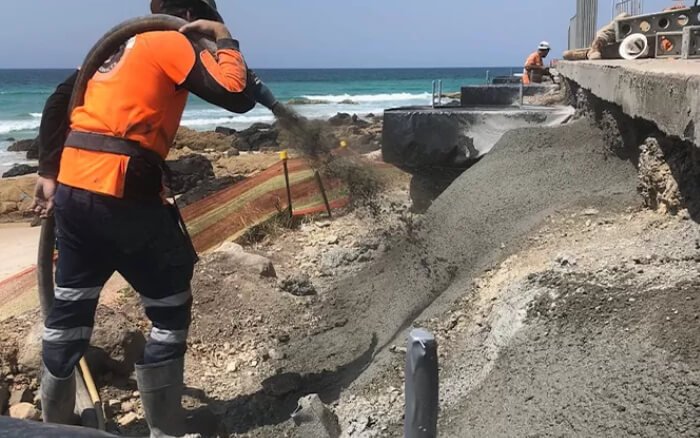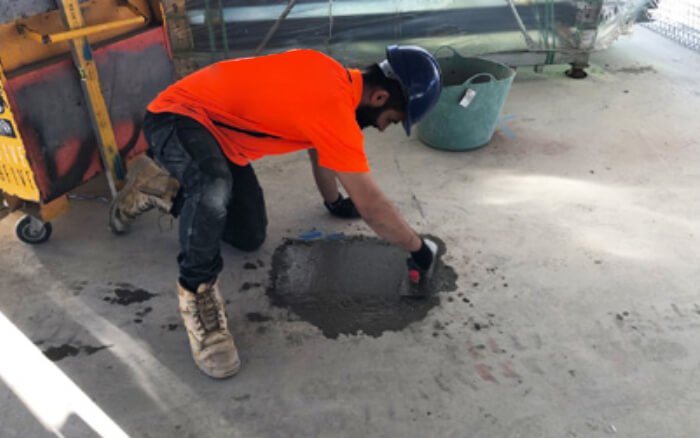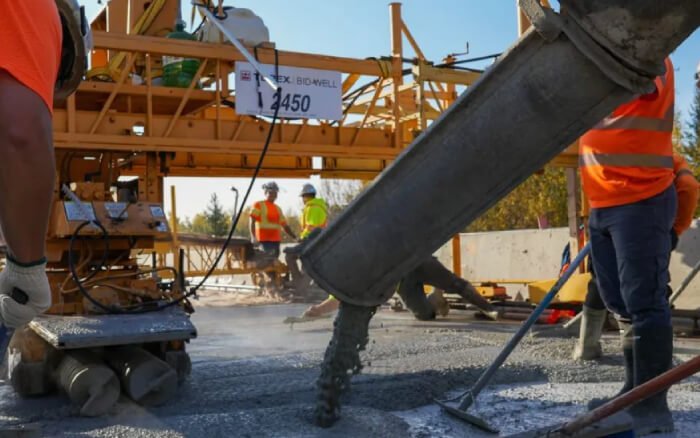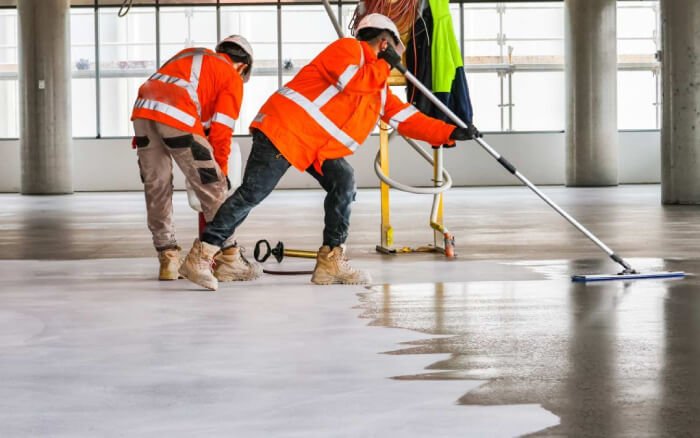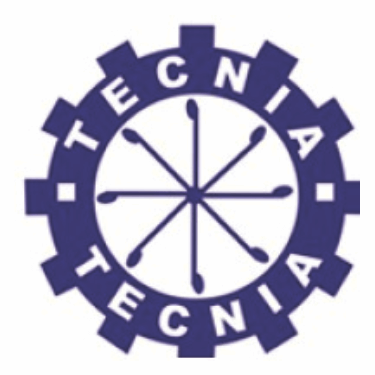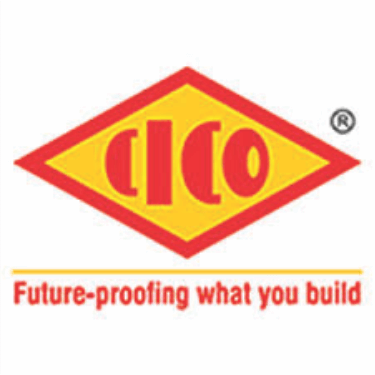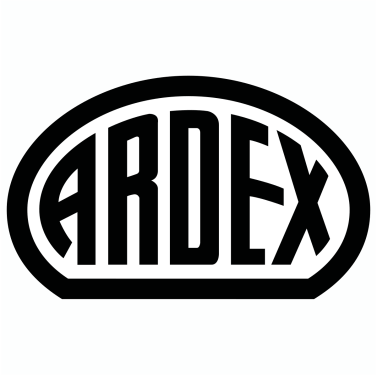What is Micro Concrete?
 Micro Concrete is a specially designed high-performance concrete mix that is used for repairing and resurfacing damaged concrete surfaces. It is a polymer-modified mortar that consists of fine aggregates, cement, and additives that provide excellent bonding strength, flexibility, and durability. Micro Concrete is used to restore the surface appearance and integrity of concrete structures while enhancing their structural performance. It is ideal for patching cracks, filling voids, and resurfacing floors, walls, and other concrete surfaces with a smooth and uniform finish.
Micro Concrete is a specially designed high-performance concrete mix that is used for repairing and resurfacing damaged concrete surfaces. It is a polymer-modified mortar that consists of fine aggregates, cement, and additives that provide excellent bonding strength, flexibility, and durability. Micro Concrete is used to restore the surface appearance and integrity of concrete structures while enhancing their structural performance. It is ideal for patching cracks, filling voids, and resurfacing floors, walls, and other concrete surfaces with a smooth and uniform finish.
Benefits of Micro Concrete
Micro Concrete offers several key benefits, making it an effective solution for a wide range of concrete repairs and resurfacing applications:
- Superior Bonding: Micro Concrete has excellent adhesive properties, allowing it to bond well with existing concrete surfaces and provide long-lasting repairs.
- High Durability: Once applied and cured, Micro Concrete forms a strong, durable surface that is resistant to wear, water, and environmental stresses, making it suitable for both indoor and outdoor use.
- Enhanced Flexibility: The polymer-modified components of Micro Concrete provide flexibility, allowing the material to handle minor structural movements without cracking or deteriorating.
- Quick and Easy Application: Micro Concrete can be applied easily by hand or with a trowel, making it a quick solution for surface repairs and resurfacing tasks.
- Cost-Effective: Micro Concrete is a cost-effective alternative to completely replacing damaged concrete surfaces, providing an affordable solution for concrete repair and restoration.

Applications of Micro Concrete
Micro Concrete is a versatile material that can be used in a variety of applications, including:
- Floor Resurfacing: Micro Concrete is widely used to resurface worn-out or damaged concrete floors, providing a smooth, durable, and aesthetically pleasing finish.
- Wall Repairs: It is an excellent choice for repairing and resurfacing damaged concrete walls, filling cracks, and creating a uniform, smooth surface.
- Bridge Deck Repairs: Micro Concrete is commonly used in the repair of bridge decks, where it restores surface integrity and provides additional protection against the elements.
- Restoration of Concrete Structures: Micro Concrete is ideal for restoring the appearance and functionality of old or deteriorated concrete structures, including columns, beams, and slabs.
- Swimming Pools: Micro Concrete is used in swimming pool repairs to restore the pool's surface and prevent leaks, while providing a smooth and durable finish.
- Parking Lots: It is used for resurfacing concrete parking lots and ramps, offering a durable and slip-resistant finish.
How Micro Concrete Works
Micro Concrete is applied as a layer on the surface of the concrete that needs repair or resurfacing. The material is mixed with water and, in some cases, additives to achieve the desired consistency. The following steps outline how the process works:
- Surface Preparation: The damaged concrete surface is cleaned and prepared by removing loose debris, dirt, and any contaminants that may hinder the adhesion of the micro concrete.
- Mixing: The micro concrete mix is prepared by combining the dry mix with the appropriate amount of water to create a smooth, workable consistency. The mix should be blended thoroughly to avoid lumps or inconsistencies.
- Application: The micro concrete is then applied to the prepared surface using a trowel, squeegee, or hand application. It is spread evenly over the area to fill cracks, voids, and surface imperfections.
- Finishing: Once applied, the surface is smoothed and leveled to ensure a uniform finish. Any excess material is removed, and the surface is given time to cure and harden.
- Curing: The micro concrete is allowed to cure for the recommended period to ensure that it reaches its full strength and durability. The curing time can vary based on environmental conditions and the specific product used.
Types of Micro Concrete
Micro Concrete comes in different formulations to suit various types of concrete repairs and applications. Some common types include:
- Cement-Based Micro Concrete: A traditional type of micro concrete, offering a strong bond and durability. It is commonly used for general surface repairs and resurfacing tasks.
- Polymer-Modified Micro Concrete: This type includes added polymers for enhanced flexibility and adhesion. It is ideal for use in areas with moderate movement or exposure to moisture.
- Epoxy-Modified Micro Concrete: Epoxy-modified micro concrete provides high chemical resistance and is commonly used in industrial environments or areas with high chemical exposure.
Advantages of Micro Concrete
The advantages of using Micro Concrete for repairs and resurfacing include:
- Cost-Effective Solution: Micro Concrete is a more affordable solution compared to concrete replacement, offering significant savings for repairs and resurfacing tasks.
- Quick Turnaround Time: The fast application process means that repairs and resurfacing can be completed quickly, reducing downtime and improving overall project efficiency.
- Durable and Long-Lasting: Once cured, micro concrete offers long-term protection against wear, water, and environmental damage, ensuring the repaired surface remains strong and functional for years to come.
- Minimal Maintenance: Micro Concrete requires minimal maintenance, making it a low-maintenance solution for concrete surfaces that need repair or restoration.
- Versatile Application: Micro Concrete can be applied to a wide variety of concrete surfaces, from floors and walls to structural elements like beams and columns.
Conclusion
Micro Concrete is an excellent choice for repairing, resurfacing, and restoring concrete surfaces. Whether you're looking to repair damaged floors, restore the appearance of walls, or resurface outdoor concrete structures, Micro Concrete offers a durable, cost-effective, and fast solution. With its superior bonding, high durability, and ease of application, Micro Concrete is a versatile material that can meet the demands of both residential and commercial projects.


